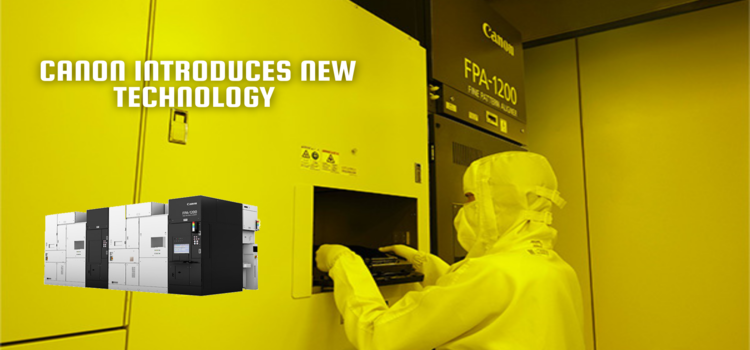Canon has recently launched a new semiconductor manufacturing machine called FPA-1200NZ2C nanoimprint, which is an alternative to EUV lithography for making 5nm IC circuitry. Unlike EUV, nanoimprint technology creates circuitry by pressing a mask imprinted with the circuit pattern on the resist on the wafer like a stamp.
This process does not go through an optical mechanism, which means that fine circuit patterns on the mask can be faithfully reproduced on the wafer. Canon's NIL technology enables patterning with a minimum linewidth of 14 nm2, which is equivalent to the 5-nm-node required to produce most advanced logic semiconductors that are currently available. With further improvement of mask technology, NIL is expected to enable circuit patterning with a minimum linewidth of 10 nm, which corresponds to 2-nm-node. The wafer throughput of FPA-1200NZ2C is not revealed, but a Canon paper from three years ago stated that it was 90 wafers per hour.
This allows for precise alignment, which is crucial for producing semiconductors with more layers and fewer defects caused by tiny particles. It also enables the creation of intricate and sophisticated circuits, which helps in the production of state-of-the-art semiconductor devices.
The new product doesn't need a special wavelength light source for fine circuitry, which means it can significantly reduce power consumption compared to the photolithography equipment used for the most advanced logic semiconductors currently available (5-nm-node with 15 nm linewidth). This reduction in power consumption can contribute to CO2 reduction.
